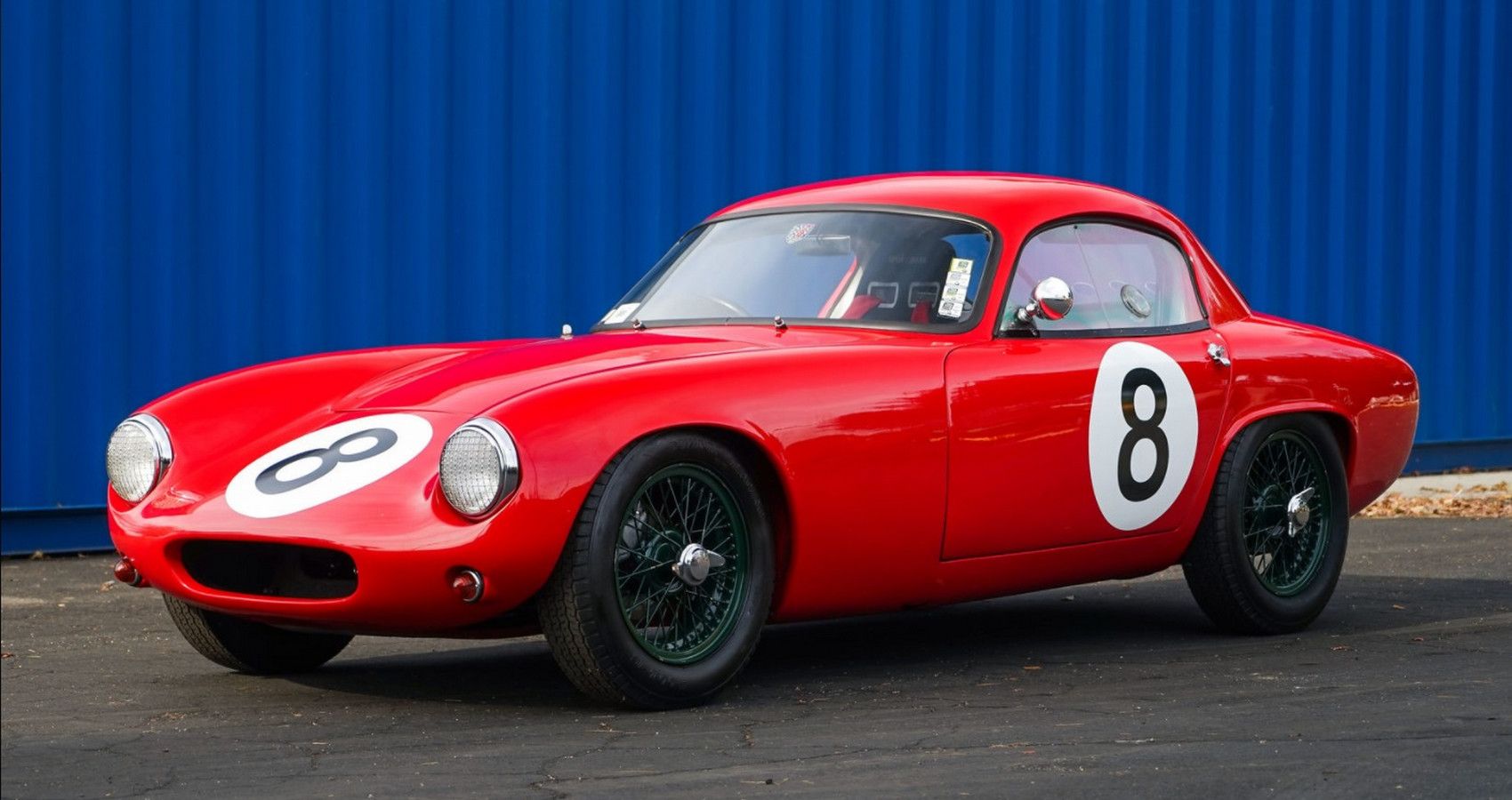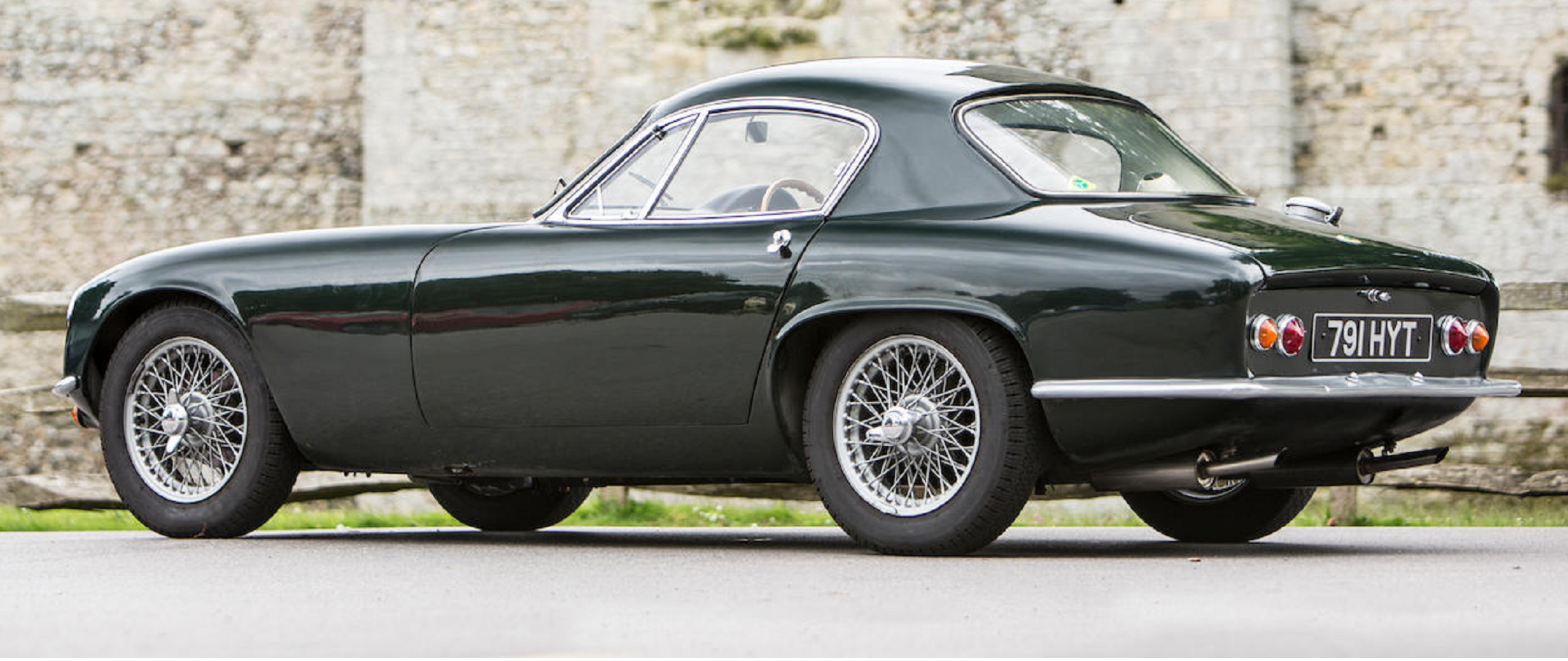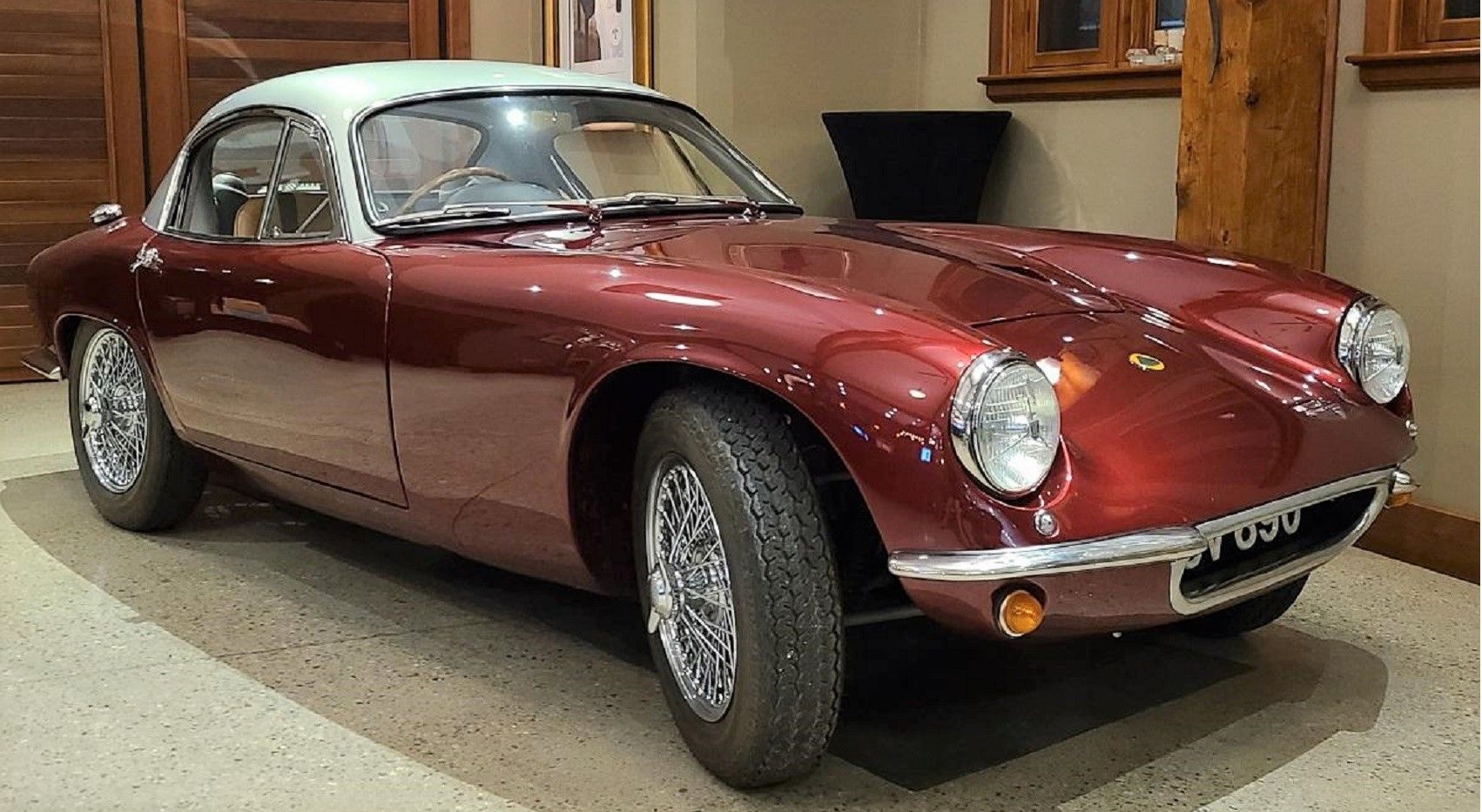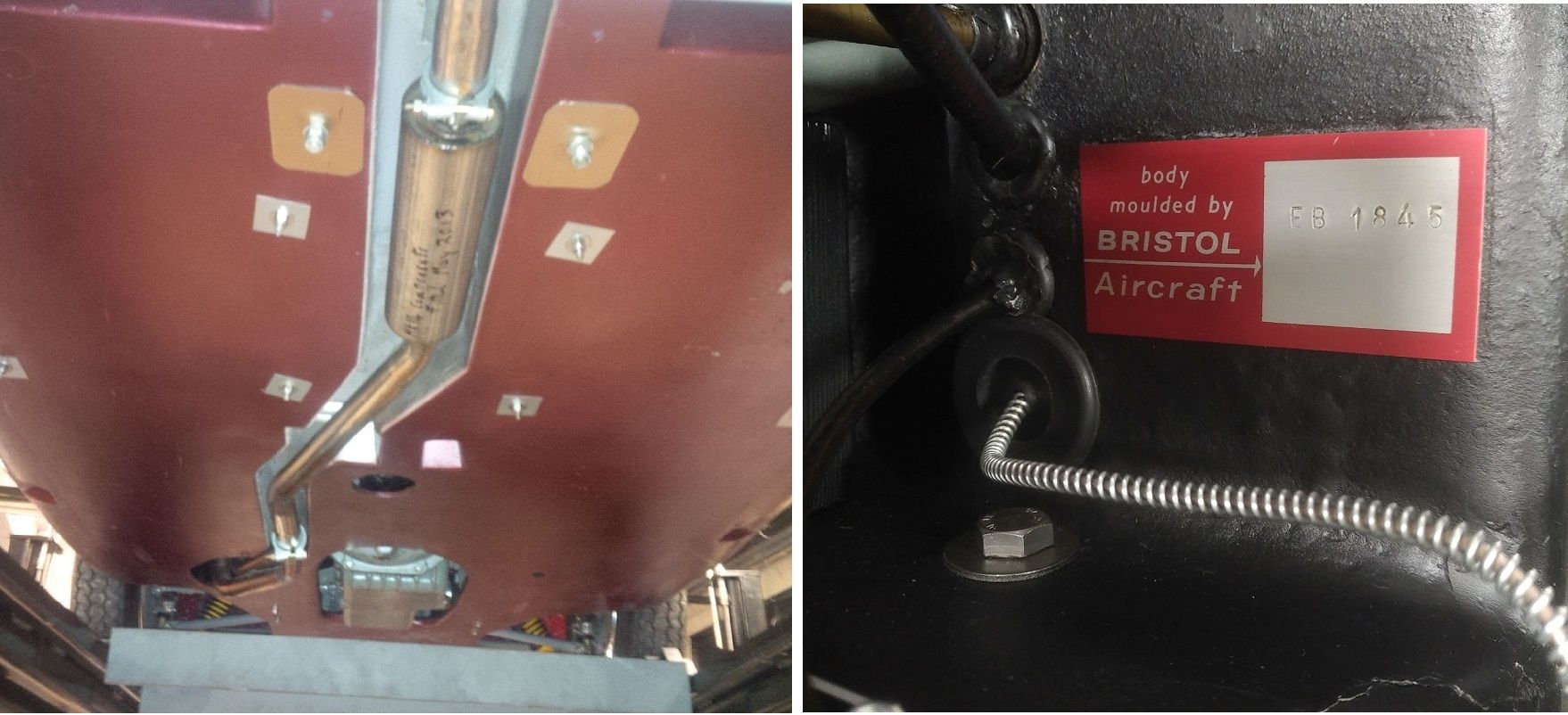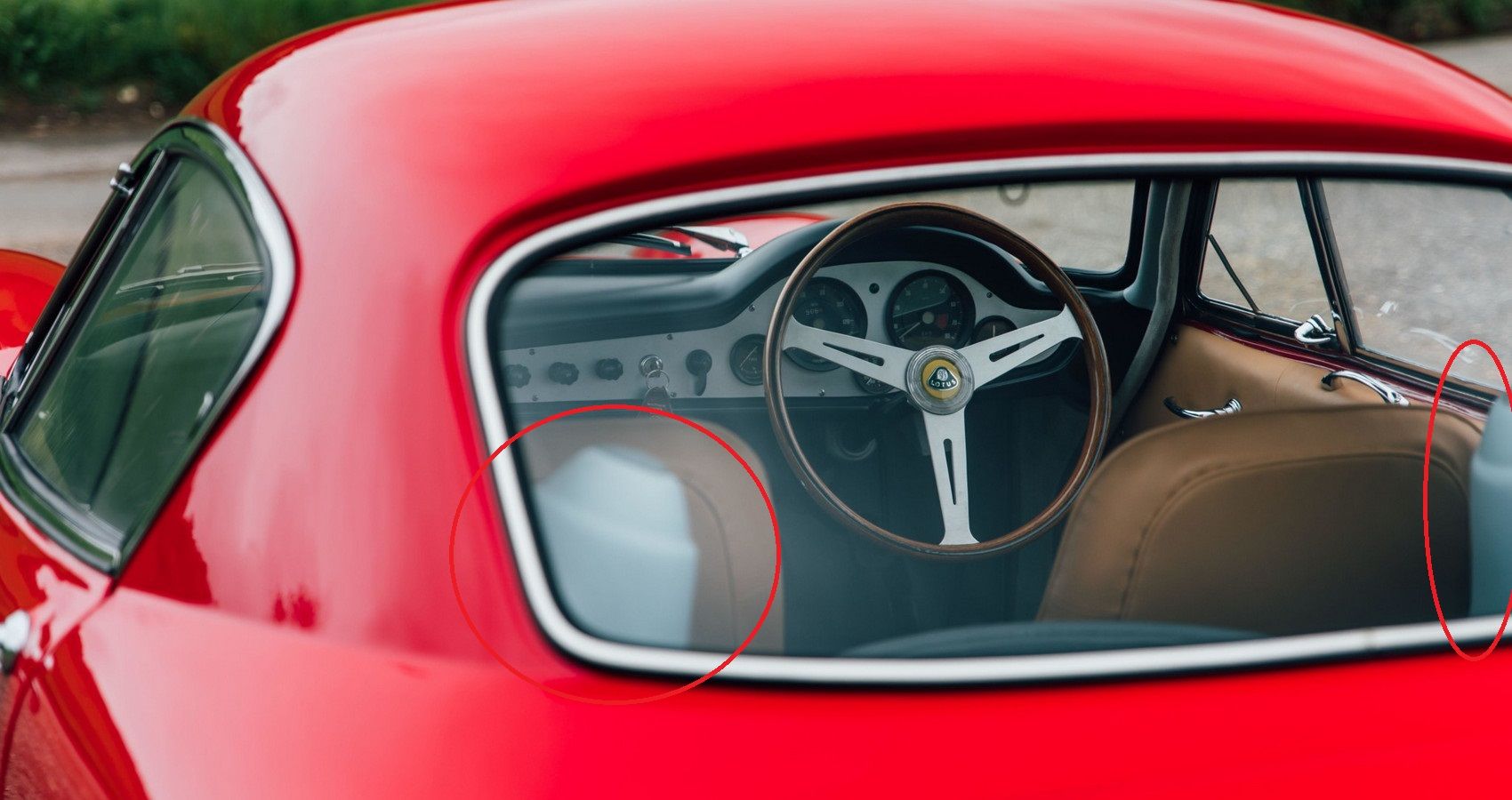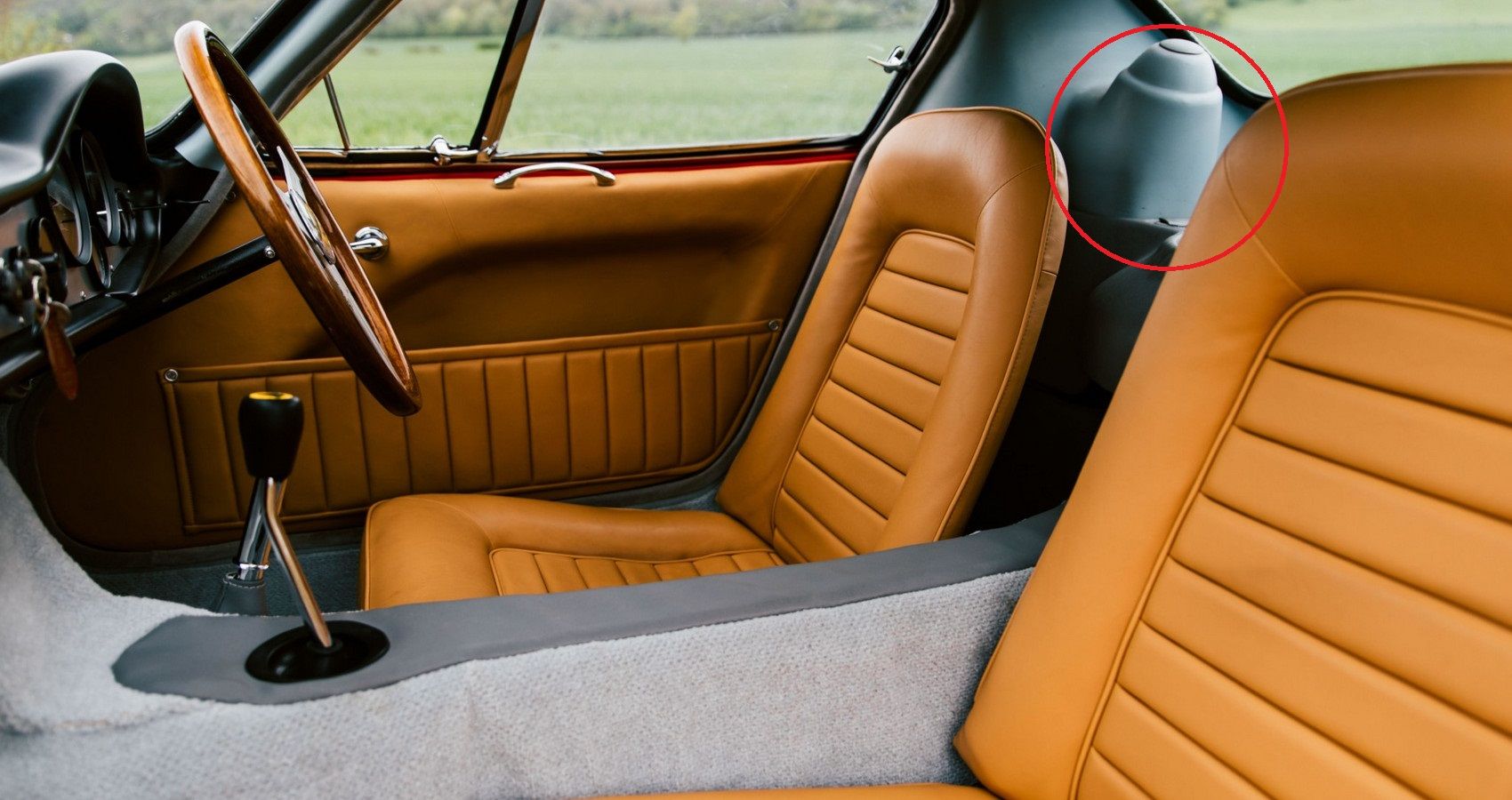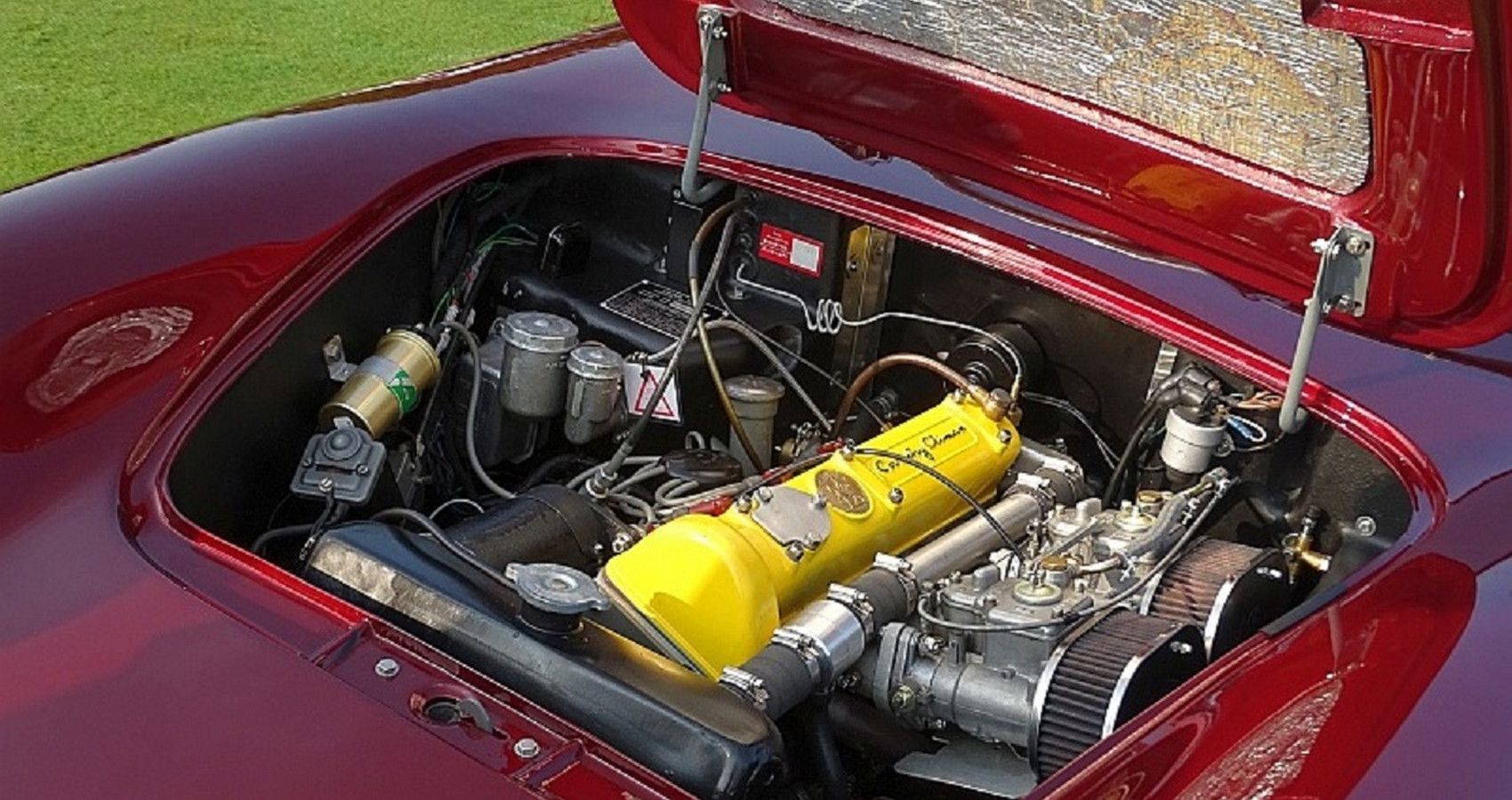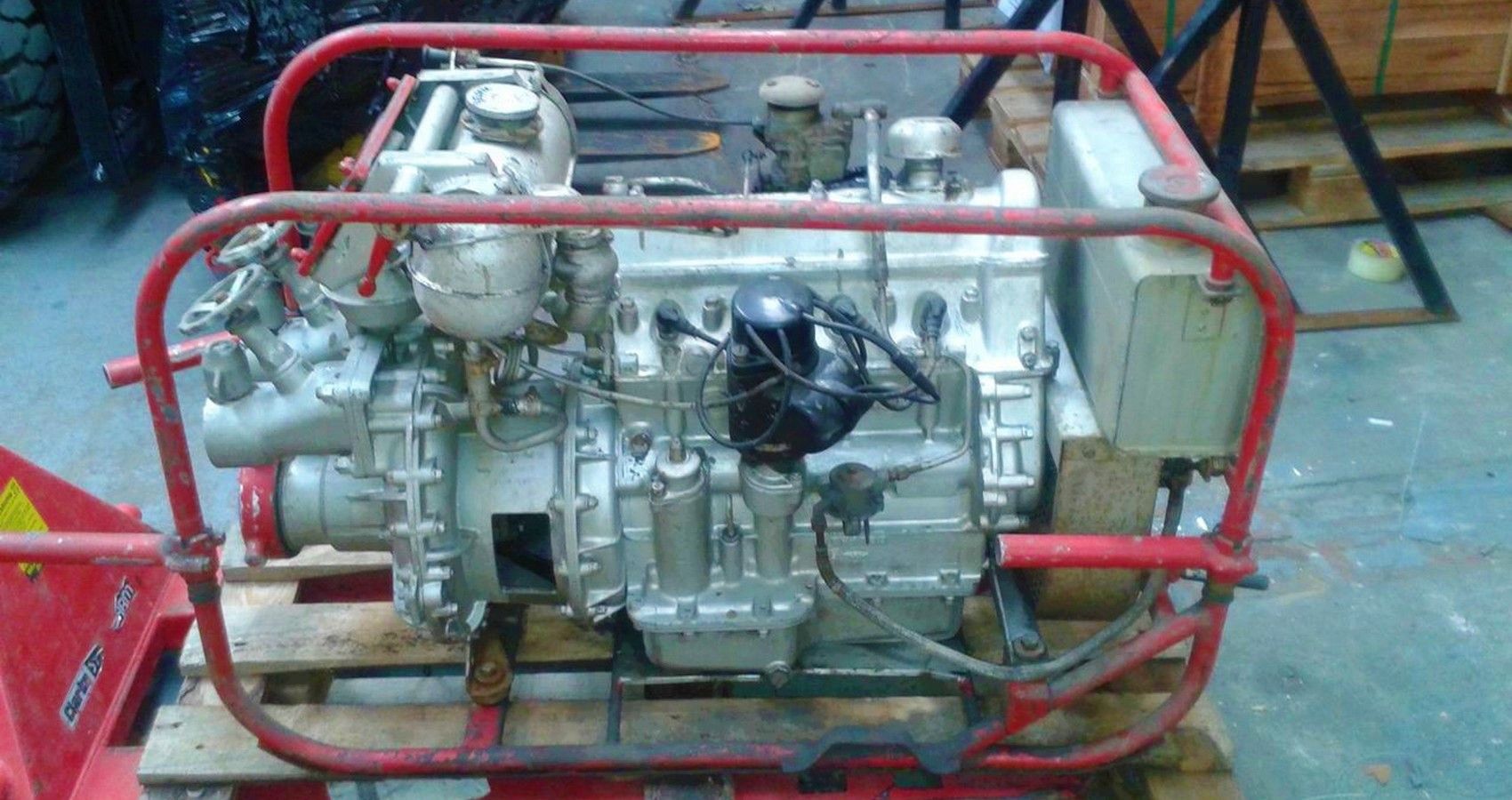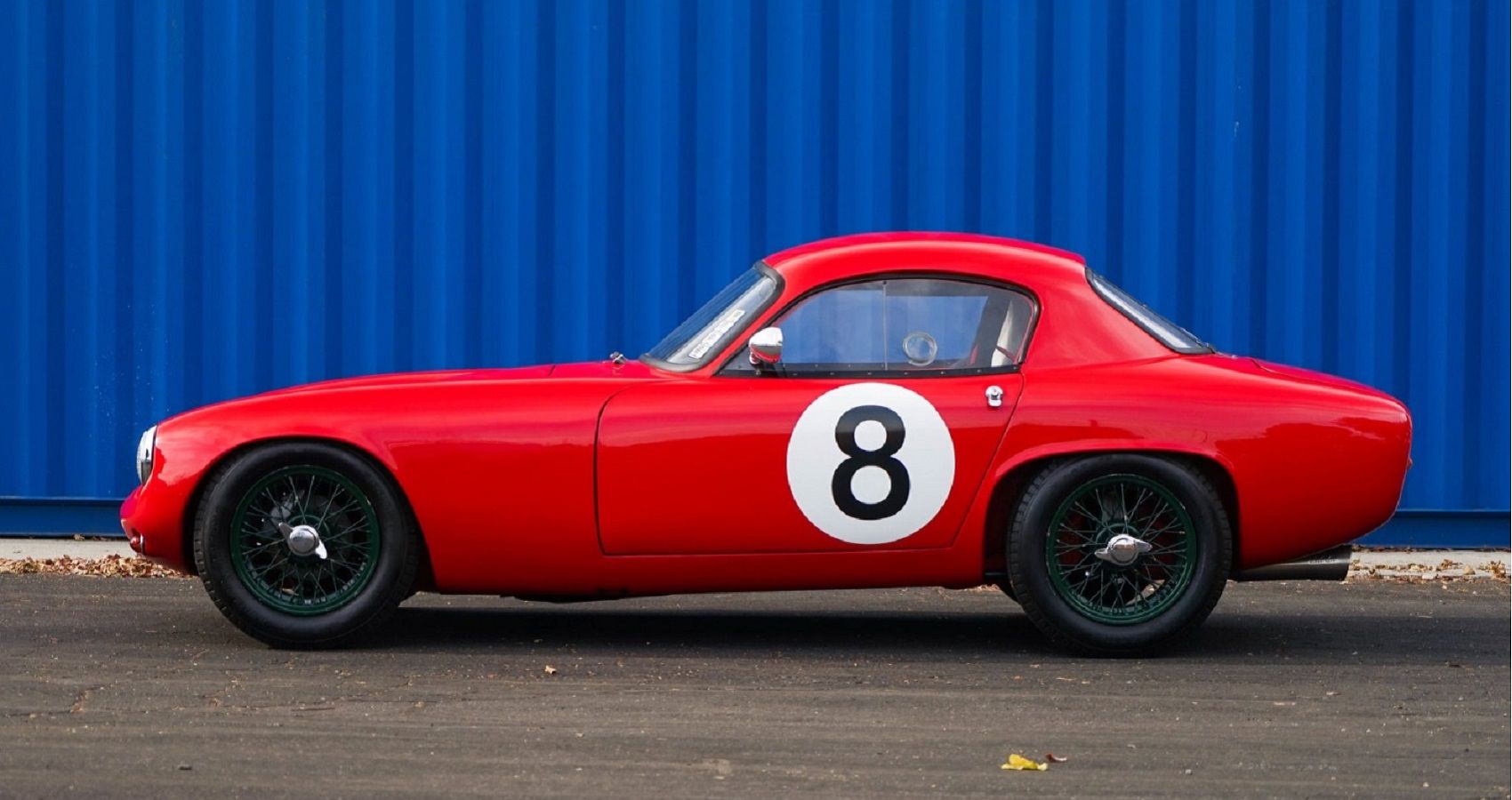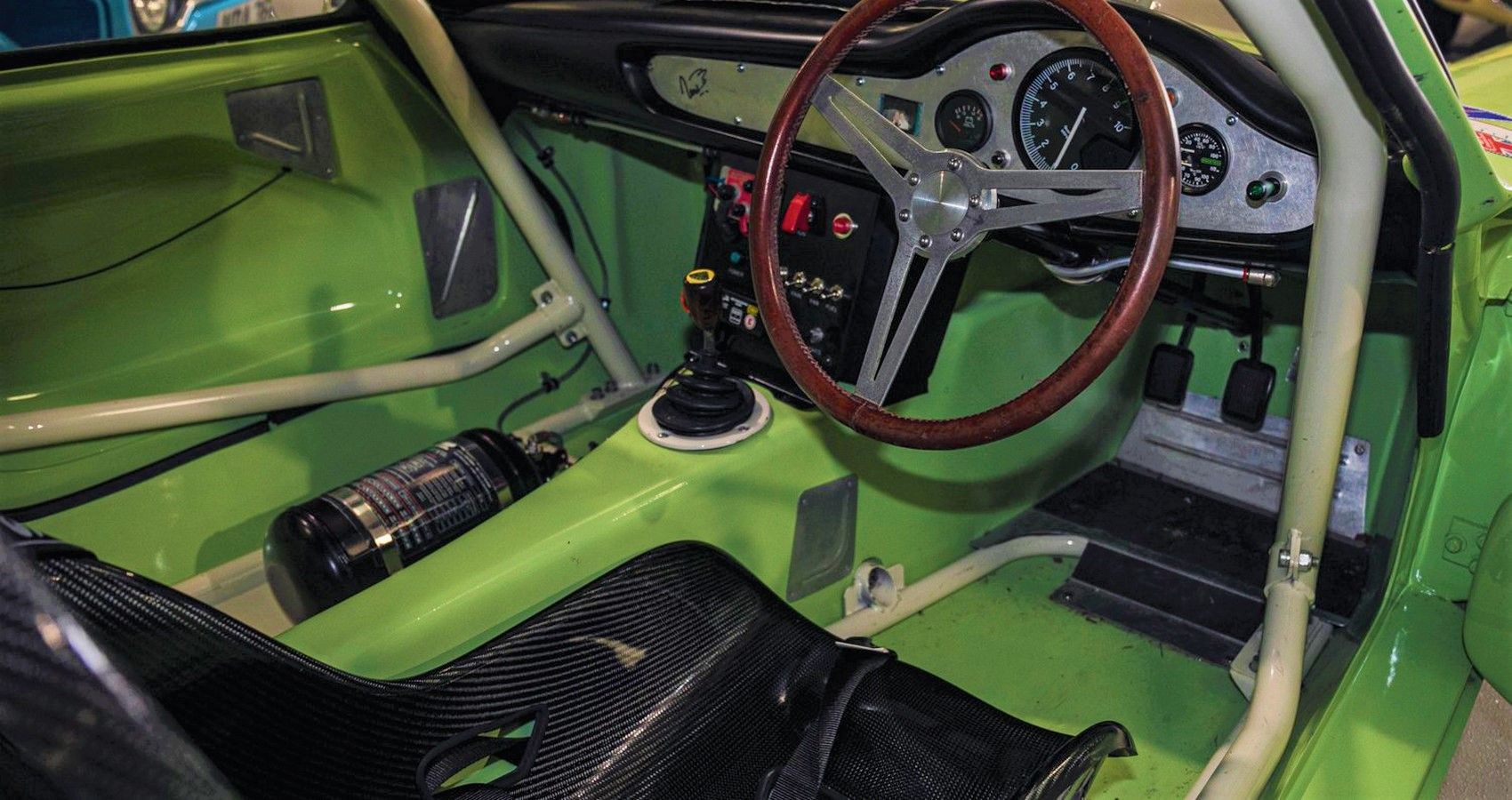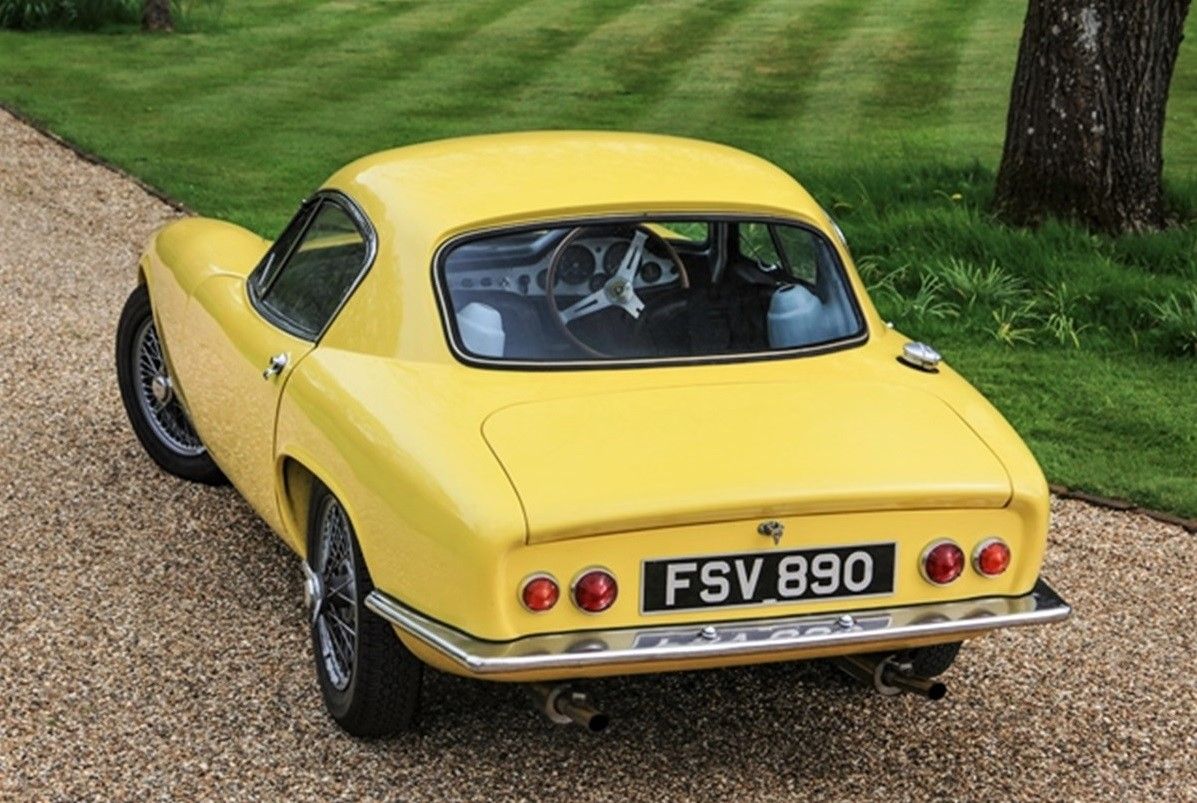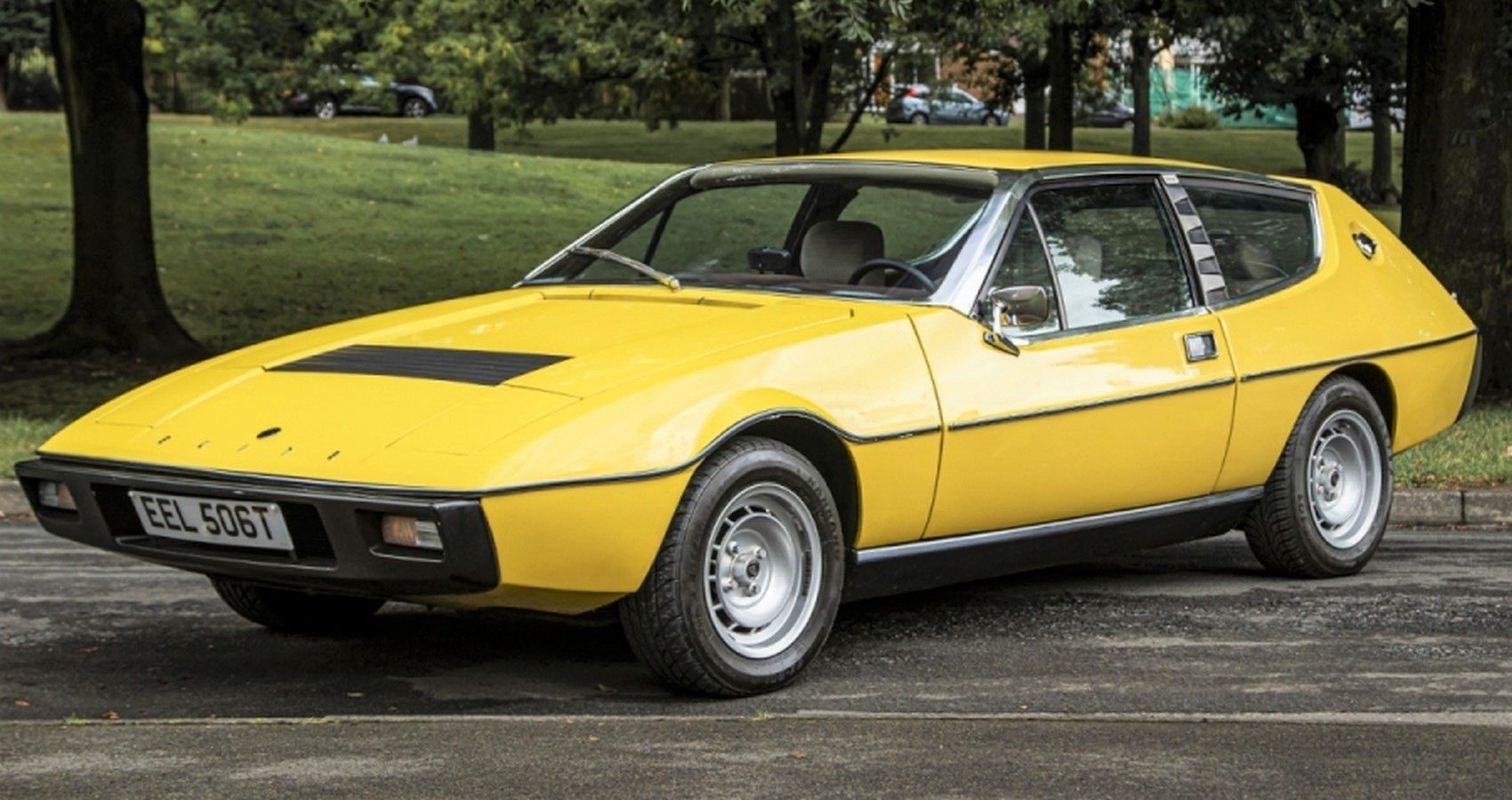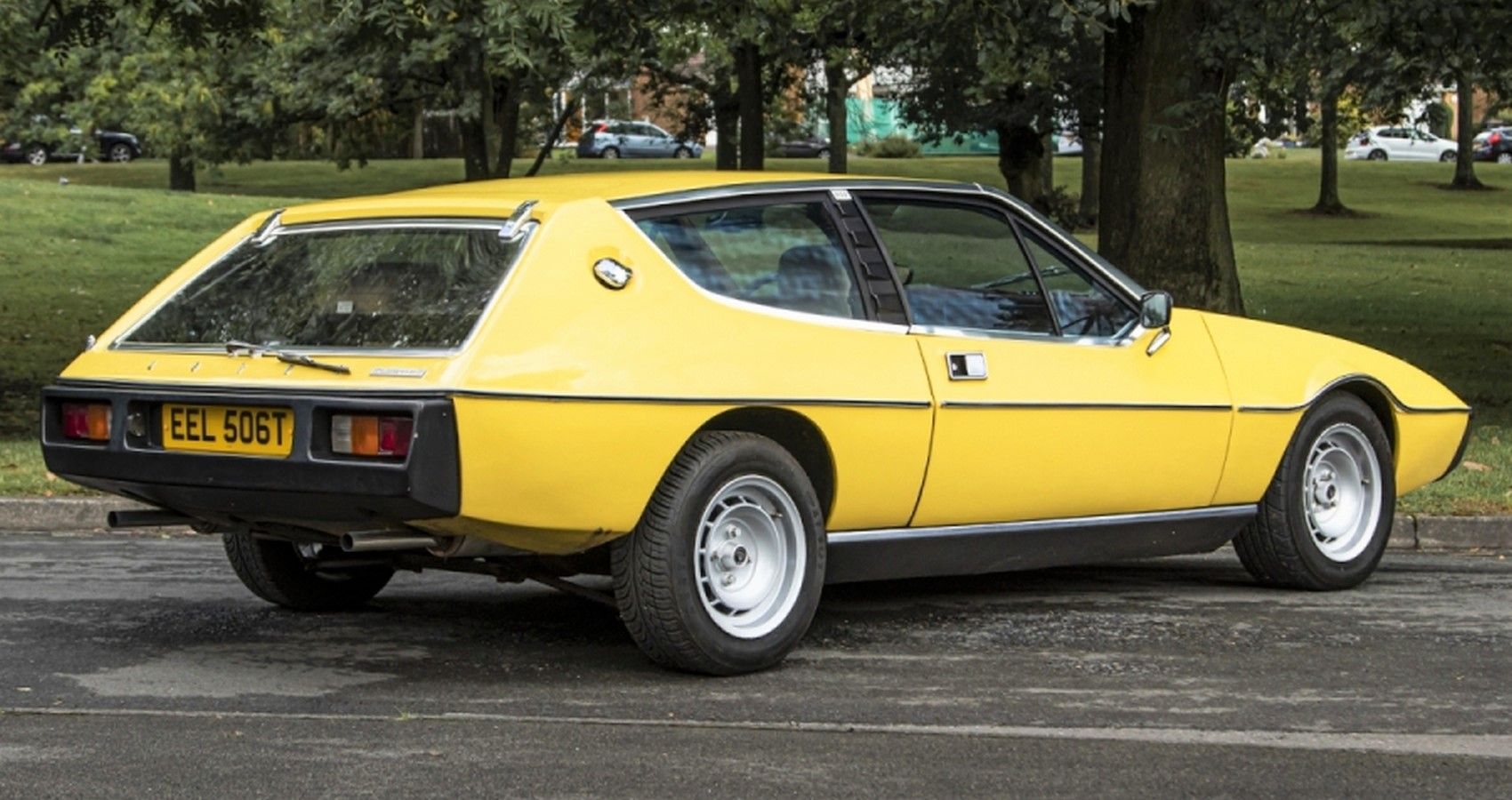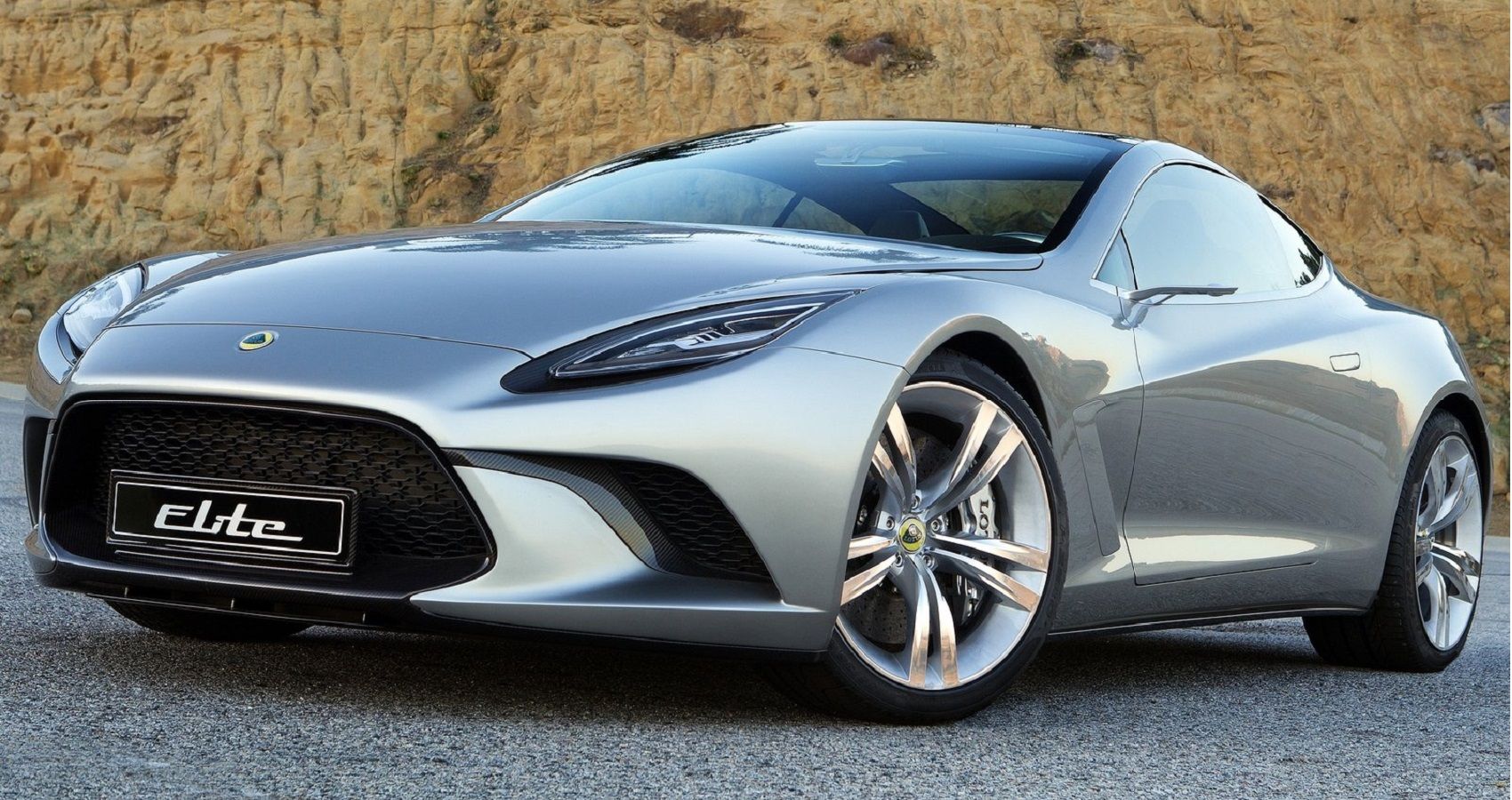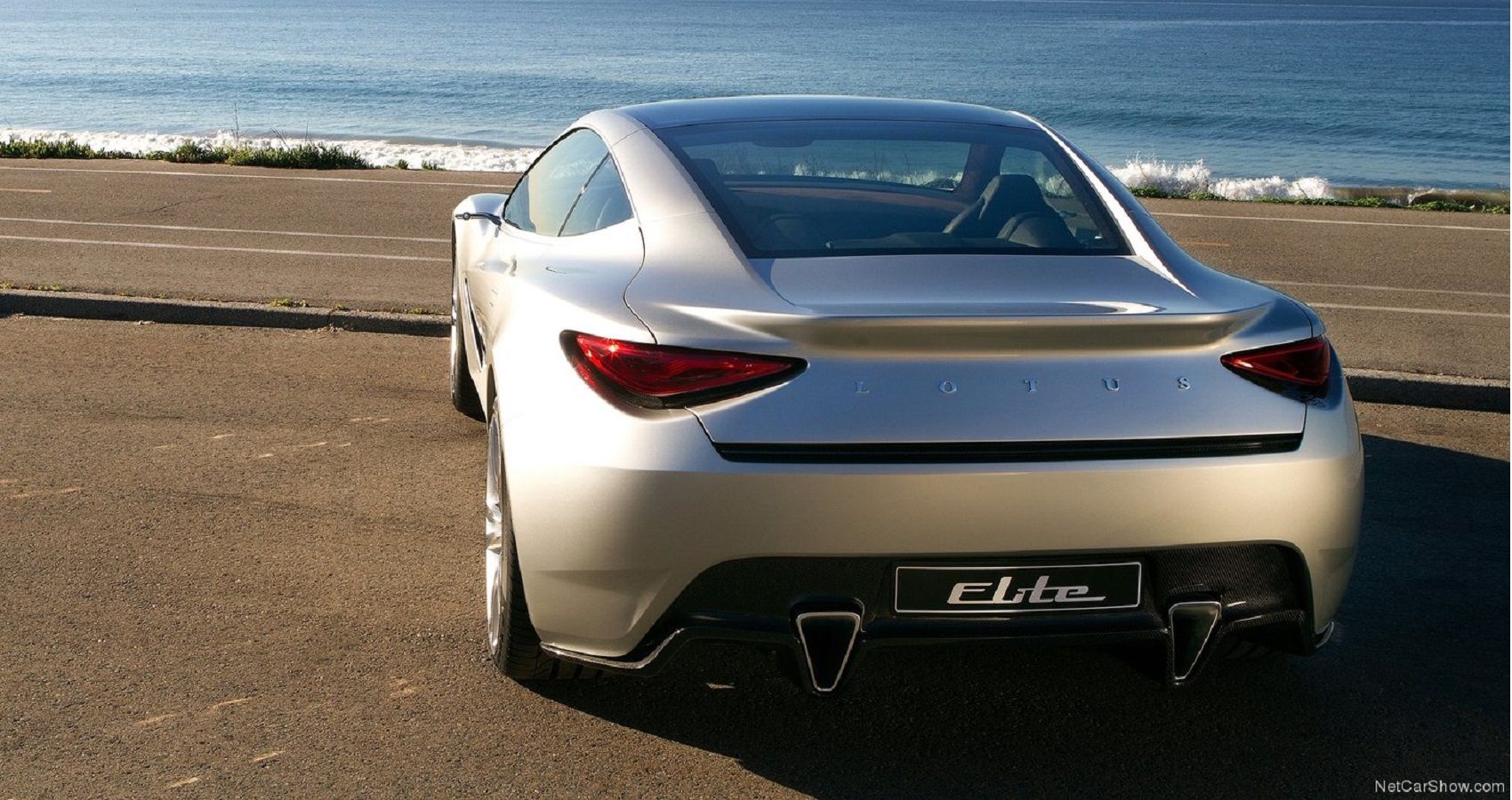Groundbreaking, innovative sports cars on a budget sums up Lotus Cars perfectly. Colin Chapman's self built sports car brand gave us some of the finest handling cars on both road and track, the Elite, often overlooked, is a stunning example of performance through simplicity.
Up until the Elite's launch, Lotus was a race-car team foremost, producing kit-cars and supplying engineering expertise to other carmakers as a source of income. However, it was Colin Chapman's fiercely competitive nature and a desire to distance Lotus from kits to quality road cars that resulted in the Elite. One of the first sports cars to use fiberglass, at the time a relatively unproven process and a steep learning curve, the Elite's fragility in early production a sign of how deeply lightweight design was ingrained in Lotus Cars\ philosophy. That very same build ethos remained for decades, the Elite laying the ground for future Lotus' road cars, right up until the Elise and Evora.
Lotus' future might be on more secure footing, with a range of exciting new cars in the pipeline, but without the Elite would Lotus be the innovative sports car manufacturer it is today.
10 Lotus Elite (Type 14)
First shown at the London Motor Show in 1957, Lotus spent a further year in development and testing before commencing production, the Elite, at the time, highly innovative and Lotus' first road with a fixed roof and fully enclosed cockpit.
Cheekily, Lotus used selected customer race teams to develop and test the Elite. In a way, future customers put personal time and effort into a car they would later be asked to pay full sticker price for.
9 All Plastic Construction
Ever the innovator, Colin Chapman, sought to make the Elite as light as possible, its entire monocoque constructed of fiberglass weighing in at 1110 lbs. The only steel sub-assembly used a front carrier for the car's engine and suspension, bonded into the monocoque itself.
Lightweight ideals brought a series of issues, early bodies built by Maximar Mouldings suffered numerous suspension/body failures, the struts themselves punching through the fiberglass shell. Later cars switched production to the Bristol Aeroplane company, while more dependable, the Elite was still a fragile sports car.
8 Oversized Chapman Struts
The Elite, like so many Chapman-era Lotuses, used every trick in the book for simplicity and lightweight construction. Colin Chapman famously claimed if a bracket doesn't serve at least two purposes, it's redundant. This unique philosophy often led to some unusual solutions.
Equipped with independent suspension all round, up front, conventional transverse wishbones and springs. At the rear, in typically quirky style, the Elite used "Chapman" struts. Over-long in design, incorporating a coil and damper, at the lower end using a drive-shaft/UJ combination in place of a more common lower link. Visible at the rear, either internally or externally, the tops of the Chapman struts remain on view.
7 Coventry Climax FW Engines
Pared back to a bare minimum, the Elite was competitive with smaller less powerful engines, its inline four-cylinder 1.2-liter Coventry Climax engine producing 75 hp powering the Lotus to a top speed of 112 mph, needing 11-seconds to reach 60 mph.
The Coventry Climax FW series engine despite being adequate for Lotus' needs came from a less sporting background. First designed as a stationary fire pump engine, the FW boasted 38 hp from a 1-liter displacement, later being adapted for motorsport use in 1953.
6 Aircraft Quality Aerodynamics
Gorgeously simple in design, the Elite's body boasting a drag coefficient of 0.29, impressive by modern standards and a real revelation at its launch in 1957.
The original design came about as a collaboration effort between Peter Kirwan-Tylar and Frank Costin, the latter employed by de Havilland in the role of aerodynamic engineer. However, the Elite was born long before CAD existed, and never saw the inside of a wind tunnel. The Elite might be getting on, but its shape is one of Lotus best designs in its history.
5 Super Elites
Never one to miss an opportunity to bolster sales, Lotus' produced the first special or SE in 1960, visually distinguished by a silver roof option and came with much improved ZF transmissions and a small bump in power to 85 hp.
The Elite specials didn't stop there, Super 95s following in quick succession, their Climax engines running strengthened cams and a higher compression ratio. In an effort, to make special editions that little bit rarer, Lotus produced a limited number of Super Elite 100/105s, essentially the same save for a Weber carburetor set-up aimed at privateer racers.
4 Racing Prowess
Lotus' racing heritage is second to none, with a record of GT series and Formula 1 titles most carmakers would be envious of. However, proving power is not the key to success, the Elite claimed an impressive 6 class wins at the 24 Hours of Le Mans despite a relatively low power output. Additional weight savings coupled with an integral safety cage were the only modifications needed.
Never one to rest on its laurels, Lotus' aimed big in 1960, seeking to win outright with a modified Elite (LX) equipped with a larger 2-liter FPF engine and uprated wheels, resulting in a top speed of 174 mph. Unfortunately, the LX never raced, withdrawing after Lotus' lead driver pulled out on the eve of the race.
3 Loss Maker
The Elite Type 14 only lasted six-years in production with approximately 1047 cars delivered. Lotus, at the time, still struggling to shrug off its kit-car origins, selling the Elite in both ready to run form as a well as a cheaper kit variant.
While a kit-option is better for gearheads, it revealed one of the Elite's few flaws. Lotus pricing strategy at the time meant the carmaker lost money on every Elite produced, kits offered at cheaper prices compounding the problem.
2 Lotus Elite (Type 75)
Second time around for the Elite under Lotus Type 75 designation. Gone was the two-seater lightweight of its predecessor, in its place an uglier luxury 2+2 coupe built on Lotus' steel backbone chassis design.
Think Esprit, only in reverse with a larger cockpit, the two Lotus wedges share a similar chassis set-up. Borrowing further from its more famous brother, the Elite featured a Lotus Type 907 2-liter engine rated at 155 hp. While the Type 75 was intended as a luxury coupe, Lotus engineers managed to keep weight down to 2300 lbs, giving the Elite superb handling.
1 Third Time Around - 2010 Lotus Elite Concept
Lotus has a habit of resurrecting its old model names, the Elite no exception. Having been used twice before, it once again made an appearance in 2010, teasing a potential new sports car filling the void vacated by the Esprit.
Sadly, this one never got past the concept stage, which considering its tantalizing potential of a supercharged 5-liter Lexus sourced V8 boasting 612 hp in R-spec, F1-style KERS technology adding another 50 hp, we think the Elite concept is a missed opportunity.

